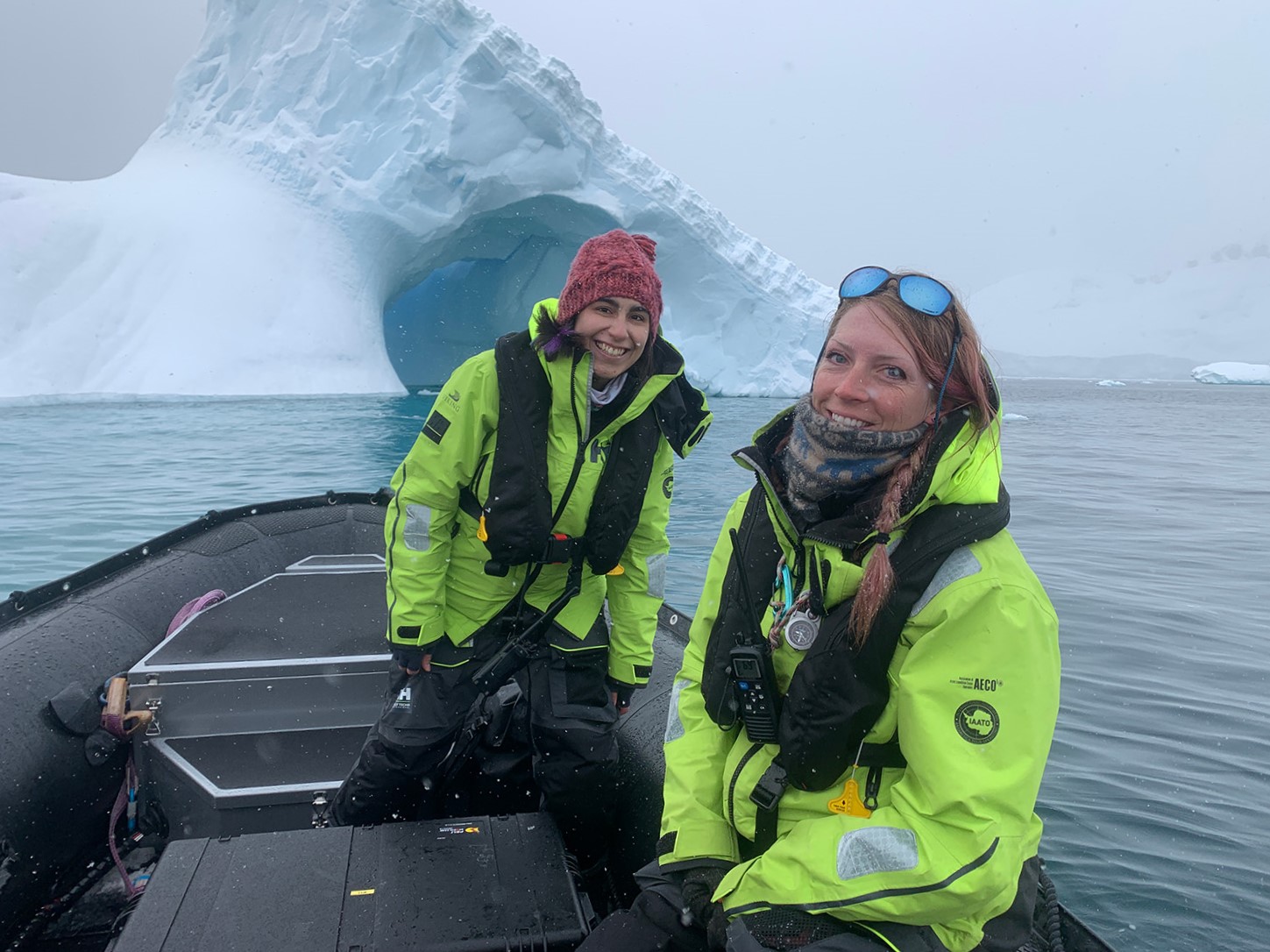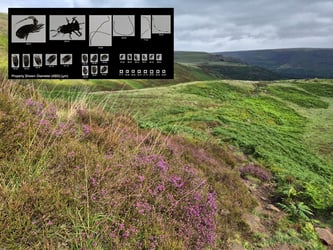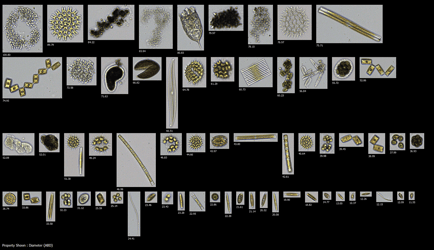Documenting ecological changes in Antarctica is extremely important, as the continent is experiencing some of the fastest rates of warming on the planet. Unfortunately, polar regions like Antarctica are, historically, the least-visited parts of the Earth, making them logistically challenging to monitor.
With polar tourism on the rise, one team of scientists is trying to overcome this challenge by enlisting the help of non-academic travelers to document changes to phytoplankton communities over time.
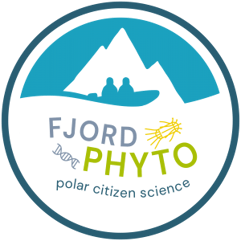 Fjord Phyto is a citizen science project that brings together researchers interested in studying the relationship between melting glaciers and phytoplankton with tour operators who bring thousands of travelers to Antarctica each summer.
Fjord Phyto is a citizen science project that brings together researchers interested in studying the relationship between melting glaciers and phytoplankton with tour operators who bring thousands of travelers to Antarctica each summer.
The program was born from a spontaneous meeting between researchers from Scripps Institution of Oceanography and polar expedition guides in Antarctica in 2015. Since then, it has grown into a NASA-funded plankton powerhouse that has engaged more than 4,000 Antarctic travelers in phytoplankton observation since the program's inception in 2016.
We caught up with two of Fjord Phyto's scientific program organizers—Martina Mascioni and Allison Cusick (whom we first met at the 2020 Ocean Sciences Meeting)—to learn more about their research with polar travelers and to get a glimpse of Antarctic phytoplankton using FlowCam.
Pictured above: Mascioni (left) and Cusick (right) along the West Antarctic Peninsula. Source: Fjord Phyto
Mascioni is a phytoplankton ecologist and Ph.D. candidate at the Universidad Nacional de La Plata in Buenos Aires, Argentina. She was born in Ushuaia, a city located on the famous Tierra del Fuego archipelago—one of the last places travelers stop in Argentina before embarking on their journey to Antarctica.
Cusick is a Ph.D. candidate in Biological Oceanography and a member of the Vernet Lab at Scripps Institution of Oceanography, UC San Diego in California. Between Fjord Phyto and her first expedition to Antarctica aboard the U.S. Antarctic Program's icebreaker vessel, the Nathaniel B. Palmer, Cusick has logged over 315 days at sea in Antarctica.
Mascioni and Cusick have worked closely with the rest of their team to build Fjord Phyto into a robust citizen science program. Together they coordinate and train Antarctic Expedition Guides who work for tour operators to engage travelers in collecting data and samples. They analyze these samples and publish their research in peer-reviewed journals. Both Mascioni and Cusick are using data collected through Fjord Phyto for their Ph.D. dissertations.
While traditional research expeditions to Antarctica may be temporally or spatially restricted, one of the benefits of working with travelers is that Fjord Phyto can gain access to more vessels and more locations over the entire field season, which lasts from November to March1.
Mascioni, who currently analyzes Fjord Phyto samples on a manual microscope, selected three samples to send to our lab in Maine for FlowCam analysis. All three were surface samples collected along the western coast of the Antarctic Peninsula—the long, tentacle-like spit of Antarctica that reaches northward toward South America.
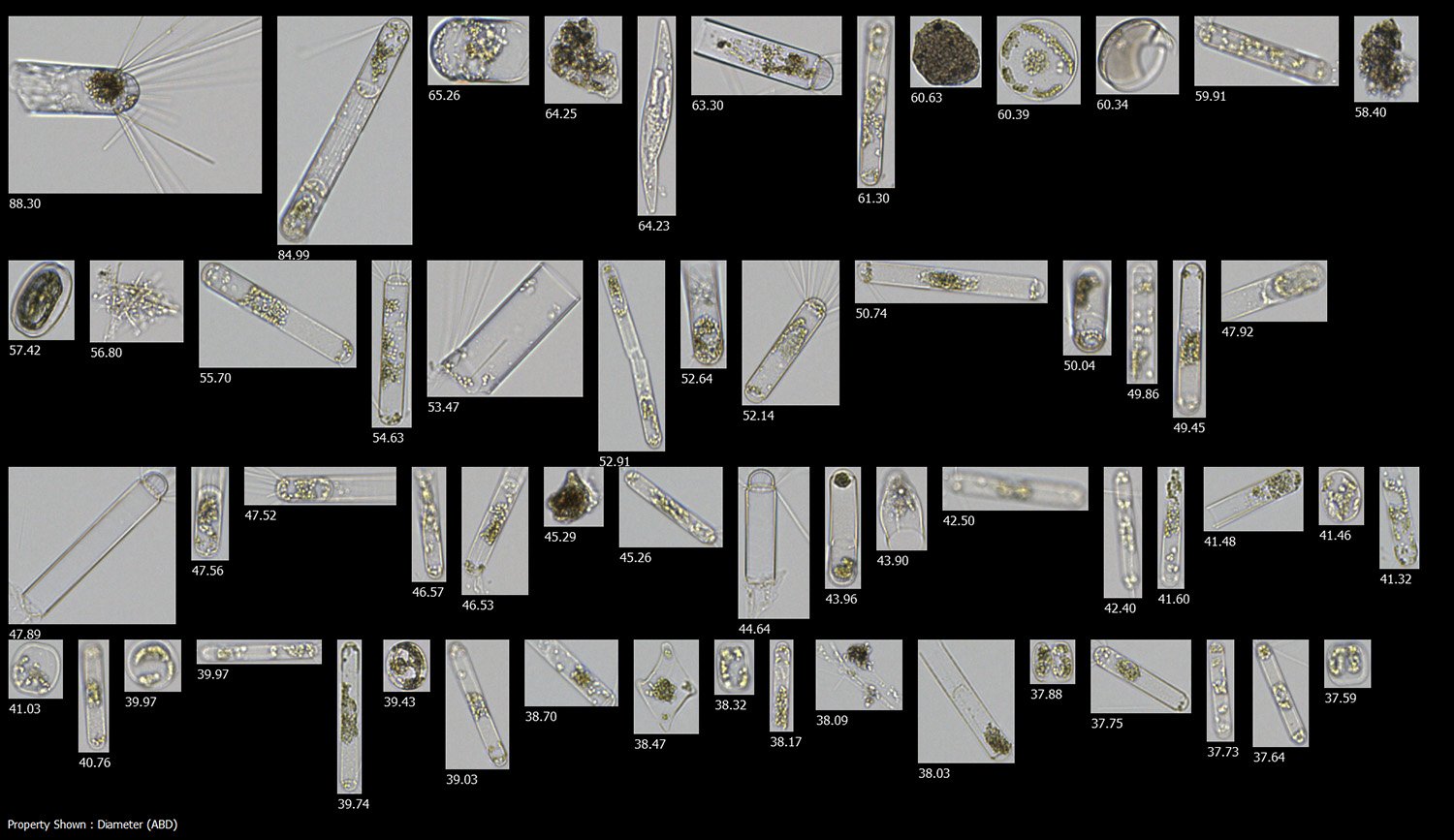
Pictured above: FlowCam 8000 images (10X objective) from the Fjord Phyto sample
The Fjord Phyto samples from the Western Antarctic Peninsula were dominated by Corethron, a centric diatom with pointy setae that is common in high-latitude marine environments. Corethron is so common in their samples that Fjord Phyto decided to include it in their logo!
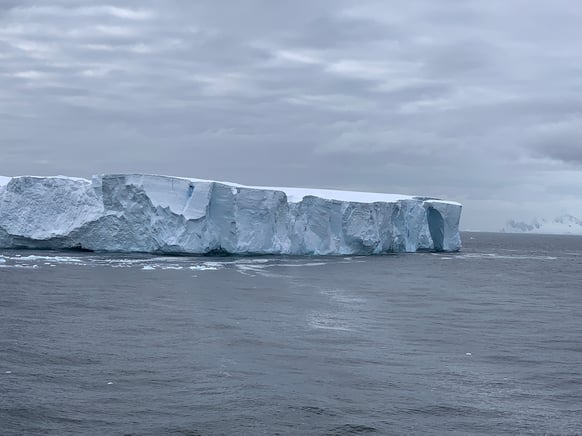 The Western Antarctic Peninsula is one of the most productive regions of the Southern Ocean, but relatively limited information has been known about fine-scale temporal and spatial phytoplankton community composition until recently2.
The Western Antarctic Peninsula is one of the most productive regions of the Southern Ocean, but relatively limited information has been known about fine-scale temporal and spatial phytoplankton community composition until recently2.
The sample above was collected at Damoy Point, a rocky isthmus sitting in Damoy Bay off the west coast of the Wiencke Islands along the Antarctic Peninsula. The point is home to some key sites of interest for Antarctic tourists and is a popular stop for expedition ships: most notably, it is home to two historic field huts, one owned by Argentina and the other by the UK. Besides these two historic landmarks, Damoy Point is also home to a colony of gentoo penguins and offers 360-degree views of the beautiful glacial scenery.
Pictured above: A glacial scene near the Western Antarctic Peninsula. Source: Alison Cusick
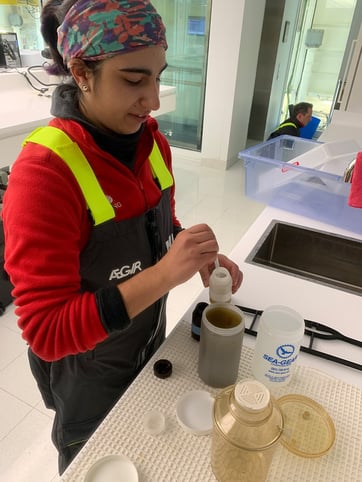 Visitors don't just visit Damoy Point to take photos, though: they are also there for science. Travelers collected phytoplankton from the surface waters using a 20-micron net towed at idle speed for 10 minutes to obtain the samples we analyzed. "[On this occassion] we noticed the collection jar was incredibly brown, indicating that our sample was thick with phytoplankton!" Cusick recalled. In the FlowCam samples from Damoy Point, Corethron also took center stage.
Visitors don't just visit Damoy Point to take photos, though: they are also there for science. Travelers collected phytoplankton from the surface waters using a 20-micron net towed at idle speed for 10 minutes to obtain the samples we analyzed. "[On this occassion] we noticed the collection jar was incredibly brown, indicating that our sample was thick with phytoplankton!" Cusick recalled. In the FlowCam samples from Damoy Point, Corethron also took center stage.
Pictured here: Mascioni prepares a phytoplankton sample collected by citizen scientists using a 20 µm plankton net.
"FlowCam images and data can be helpful to categorize diatoms between pennate and centric," commented Allison. FlowCam does a particularly good job of capturing transparent diatom frustules—silica "shells" that are characteristic of diatoms. Detecting and imaging frustules can help educate polar tourists about phytoplankton biology. FlowCam's ability to analyze both live and preserved samples can be important for polar programs, some of which must preserve their samples for weeks or months prior to analysis.

Pictured above: Examples of Corethron imaged with FlowCam and sorted from largest to smallest using Area-Based Diameter
In addition to collecting plankton samples, tour teams also record other important physical and biological oceanographic measurements using a CTD, which measures Conductivity, Temperature, and Depth. The CTD used by Fjord Phyto also has a chlorophyll-a sensor. At the Damoy Point sampling site, the chlorophyll-a reading was ~10 ug/L, with peaks indicating large quantities of plankton both at and below the water's surface.
These in-situ measurements are important because they provide data that can be combined with chlorophyll data obtained from satellites. This data is used to remotely monitor Earth's water bodies from space—an important priority for NASA as they look at the impact of glacial melting on marine communities.
With the 2022-23 Antarctic field season having just wrapped up in March, Mascioni and Cusick are busy analyzing this year's samples.
"This season was incredibly busy with 10 expedition ships collecting samples," wrote Cusick. "We expect at least 100 sampling events...to have occurred which will provide us hundreds of samples and data to start analyzing this summer!"
To learn more about Fjord Phyto and phytoplankton research in Antarctica, visit Fjord Phyto's website and check out their recent publications. We would like to thank Martina and Allison for the amazing work they do to monitor changes in phytoplankton communities in Antarctica—and for getting travelers excited about phytoplankton in the process!
References
- Cusick AM, Gilmore R, Bombosch A, Mascioni M, Almandoz GO, Vernet M. 2020. Polar Tourism as an Effective Research Tool: Citizen Science in the Western Antarctic Peninsula. Oceanography 33(1):50-61 https://doi.org/10.5670/oceanog.2020.101
- Mascioni M, Almandoz GO, Cefarelli AO, et al. 2019. Phytoplankton composition and bloom formation in unexplored nearshore waters of the western Antarctic Peninsula. Polar Biol 42:1859-1872 https://doi.org/10.1007/s00300-019-02564-7








